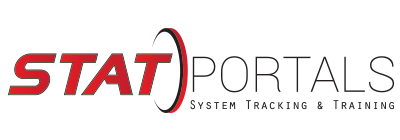Fire Extinguishers
The use of a fire extinguisher in the hands of a trained adult can be a life and property saving tool.However, a majority of adults have not had fire
Use a portable fire extinguisher when the fire is confined to a small area, such as a wastebasket, and is not growing; everyone has exited the building; the fire department has been called or is being called; and the room is not filled with smoke.
To operate a fire extinguisher, remember the word PASS:
- Pull the pin. Hold the extinguisher with the nozzle pointing away from you, and release the locking mechanism.
- Aim low. Point the extinguisher at the base of the fire.
- Squeeze the lever slowly and evenly.
- Sweep the nozzle from side-to-side.
For the home, select a multi-purpose extinguisher (can be used on all types of home fires) that is large enough to put out a small fire, but not so heavy as to be difficult to handle.
Choose a fire extinguisher that carries the label of an independent testing laboratory.Read the instructions that come with the fire extinguisher and become familiar with its parts and operation before a fire breaks out. Local fire departments or fire equipment distributors often offer hands-on fire extinguisher trainings.Install fire extinguishers close to an exit and keep your back to a clear exit when you use the device so you can make an easy escape if the fire cannot be controlled. If the room fills with smoke, leave immediately.Know when to go. Fire extinguishers are one element of a fire response plan, but the primary element is safe escape. Every household should have a home fire escape planand working smoke alarms.
Different types of fires require different types of extinguishers. For example, a grease fire and an electrical fire require the use of different extinguishing agents to be effective and safely put the fire out.
Basically, there are five different types of extinguishing agents. Most fire extinguishers display symbols to show the kind of fire on which they are to be used.
 |
Class A extinguishers put out fires in ordinary combustible materials such as cloth, wood, rubber, paper, and many plastics. |  |
 |
Class B extinguishers are used on fires involving flammable liquids, such as grease, gasoline, oil, and oil-based paints. |  |
 |
Class C extinguishers are suitable for use on fires involving appliances, tools, or other equipment that is electrically energized or plugged in. |  |
 |
Class D extinguishers are designed for use on flammable metals and are often specific for the type of metal in question. These are typically found only in factories working with these metals. |  |
 |
Class K fire extinguishers are intended for use on fires that involve vegetable oils, animal oils, or fats in cooking appliances. These extinguishers are generally found in commercial kitchens, such as those found in restaurants, cafeterias, and caterers. Class K extinguishers are now finding their way into the residential market for use in kitchens. |  |
Sources: NFPA’s “Extinguisher in U.S. Home Fires”

